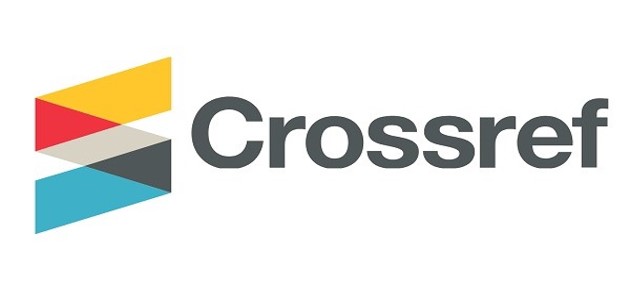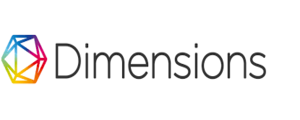Endovenous Laser Ablation of Venous Ulcers of the Lower Limbs: A Study of the Relationship between Applied Laser Power and Age/Gender
Study of The relationship between Applied Laser Power and Age/Gender in EVLA
DOI:
https://doi.org/10.31257/2018/JKP/2023/v15.i01.11284Keywords:
Key words: Correlation coefficient, Chronic Venous Insufficiency, CVI, EVLA, Venous Ulcers.Abstract
Abstract
Endovenous laser ablation therapy (EVLA) relies heavily on the power of the laser used. Therefore, the relationships between this power and other related parameters can be studied and taken into account in order to obtain successful results from the treatment. Not only the related parameters should be tested and examined, but some other parameters that may appear unrelated to the success of the EVLA treatment should also be studied in order to improve and succeed the venous treatment. Thus, the correlation coefficient between the applied laser power and age/gender was calculated in this study. The purpose of this study was to compare the laser power used in the EVLA procedure with age for the two genders. 42 patients who suffered from venous ulcers in the lower limbs of the human body were treated with a 1470-nm diode laser. So, the correlation coefficient was for males and for females.
Downloads
Downloads
Published
How to Cite
Issue
Section
Categories
License
Copyright (c) 2023 Bushra Ghali Yousif, Sahib Neamah Abdul-Wahid, Kadhum Jawad Shabaa

This work is licensed under a Creative Commons Attribution 4.0 International License.
Journal of Kufa-Physics is licensed under the Creative Commons Attribution 4.0 International License, which allows users to copy, to create extracts, abstracts, and new works from the Article, to alter and revise the Article, and to make commercial use of the Article (including reuse and/or resale of the Article by commercial entities), provided the user gives appropriate credit (with a link to the formal publication through the relevant DOI), provides a link to the license, indicates if changes were made and the licensor is not represented as endorsing the use made of the work. The authors hold the copyright for their published work on the JKP website, while KJP is responsible for appreciating citation for their work, which is released under CC-BY-4.0 enabling the unrestricted use, distribution, and reproduction of an article in any medium, provided that the original work is properly cited.












